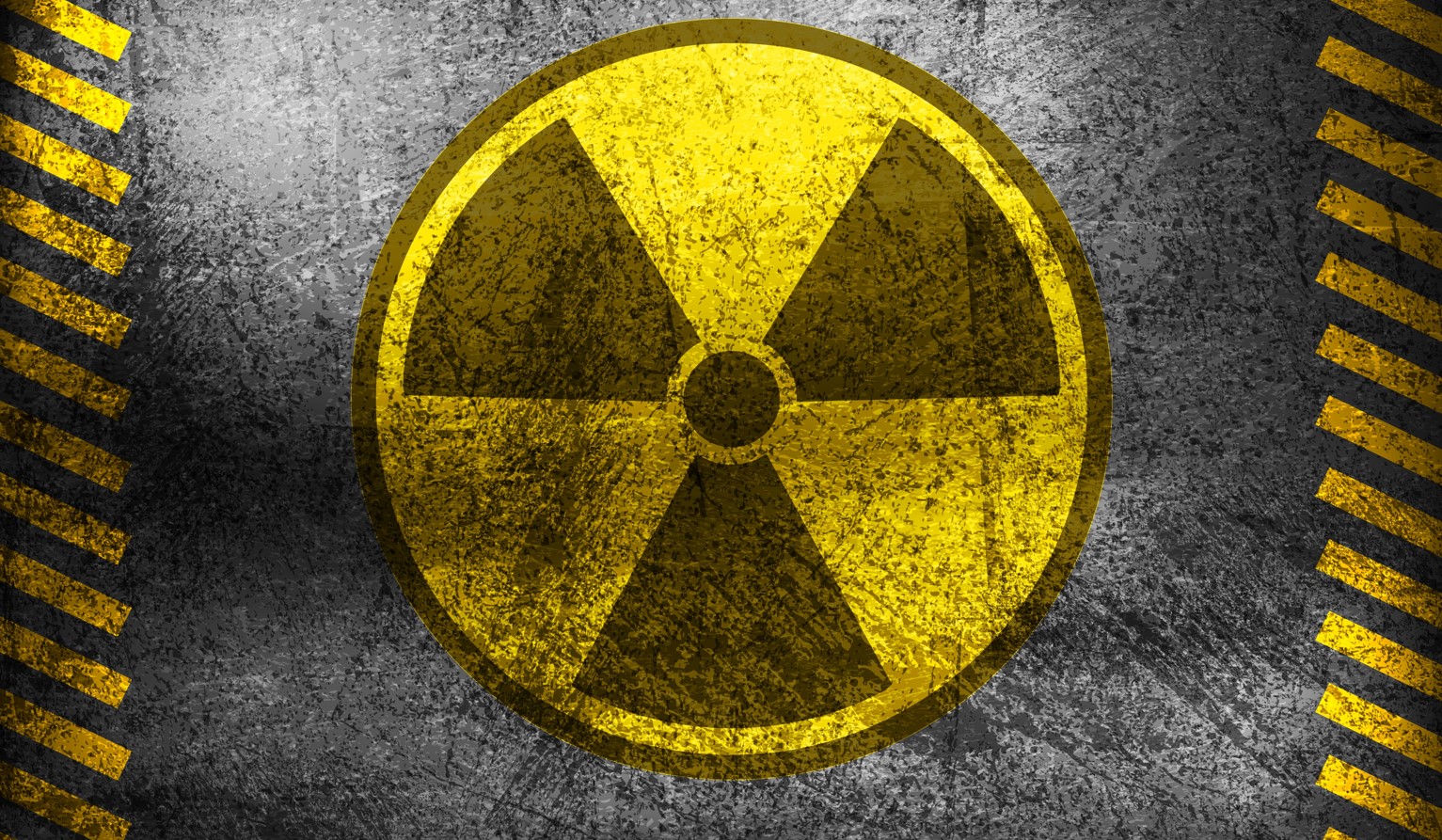The best way to prevent illness is to avoid being exposed to COVID-19. This course provides important methods for limiting exposure and the spread of the virus, like wearing masks and getting vaccinated.
Computers do carry threats from a variety of sources, which can jeopardize the work you do and the content you create.
Discrimination in the workplace happens when an employee or group of employees is treated less favorably than similarly situated employees of a different race, sex, age, national origin, religion, genetic makeup, etc.
Poor ergonomics can lead to cumulative traumatic musculoskeletal disorders (MSDs) that put strain on our bodies. There are very good reasons for accounting for the ergonomic health of your workforce, because musculoskeletal injuries, once developed, can keep people off of the job for life.
Exposure to radiation in laboratories must be monitored and mitigated with appropriate safety precautions, because there is a risk for radiation poisoning. Although, proper Personal Protective Equipment (PPE) and knowledge of appropriate safety measures, laboratory environments can limit the likelihood of exposure for students and staff.
Even a little lead poisoning can cause serious health problems, and at very high levels, it can be fatal. Almost 95% of elevated blood lead levels among adults are work-related. Upon completion, you will recall hazards and health effects of lead exposure, ways to determine if there is lead in your workplace, and how to control lead exposure.
The term “ergonomics” refers to making the workplace conducive to the comfort and productivity of the employee.
According to the Environmental Protection Agency (EPA), many of the 14,000 oil spills reported each year are caused by industry activities resulting from storage tank rupturing, pipeline leaks, and oil transport accidents.
Messy and disorganized workplaces are a hassle to deal with, and are often a source of injuries from walking into things, tripping, slipping, or being hit by falling objects.
The spread of COVID-19 has made daily life stressful everyone. Whether you are immunocompromised or have loved ones at risk, you can take action to prevent the spread of this virus. By wearing, practicing social distancing, and regularly cleaning surfaces, you can protect yourself, others, and your community from being ravaged by COVID-19.
During this pandemic, there is a transmission risk in all workplaces. You can reduce this risk by following good cleaning and sanitation practices. Take this quick course to learn effective strategies to reduce transmission risk in your workplace.










